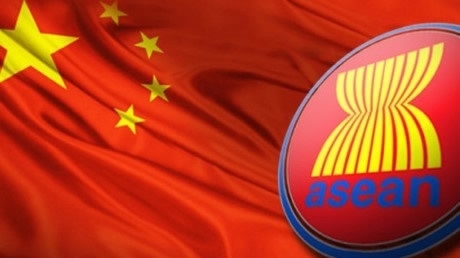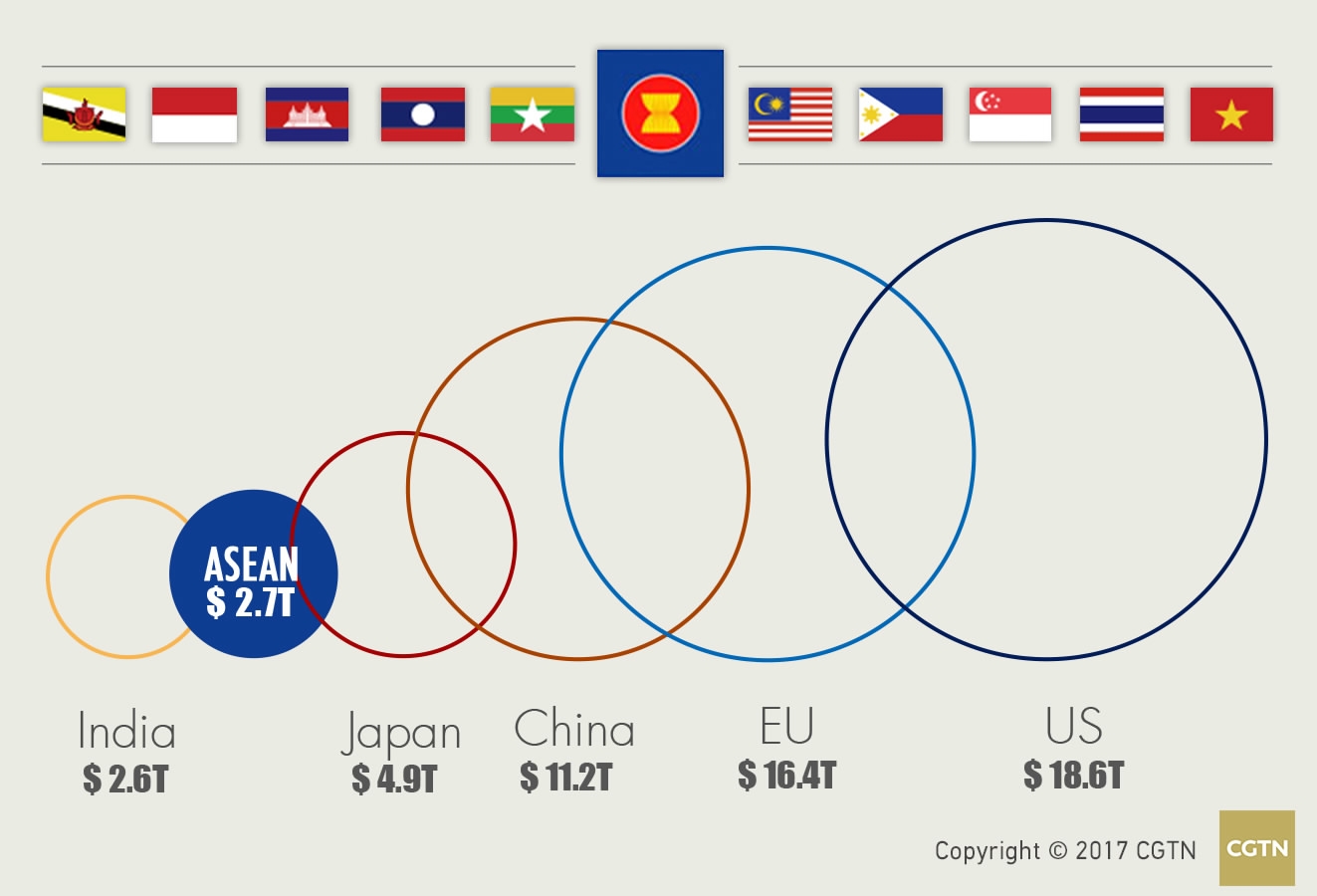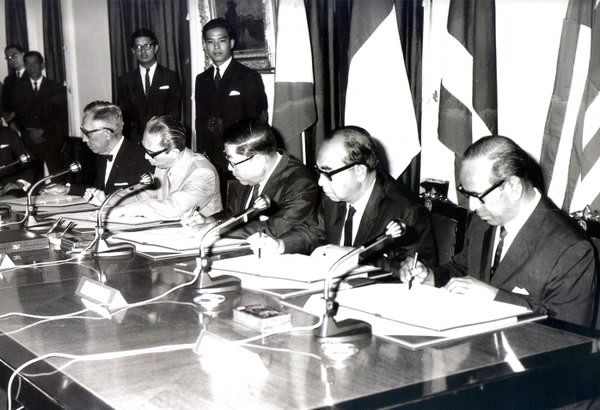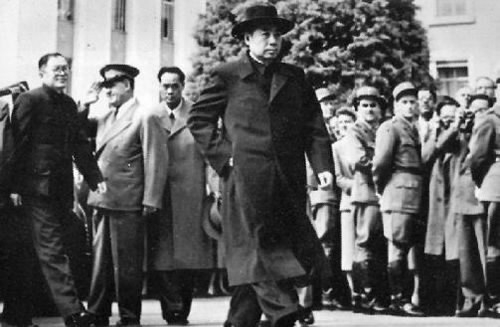
World
19:33, 12-Sep-2017
ASEAN and China: A closer relationship
CGTN

The Association of Southeast Asian Nations (ASEAN), which groups 10 countries in Southeast Asia, has long developed diplomatic and economic bond with its northwest neighbor China over the past decades.
Sharing a long terrestrial and maritime border, China now considers ASEAN as a pivot to its 21st Century Maritime Silk Road.
What evolution has the ASEAN undergone over the past 50 years? What historical circumstances had brought ASEAN and China closer in a reciprocal relationship? And what does that relationship mean to each of them? Those are the questions worth to be looked upon on the occasion of the ongoing 14th China-ASEAN Exposition (CAEXPO) being held in Nanning City, in southwest China's Guangxi Zhuang Autonomous Region.
ASEAN: The rise of an integrated community in Southeast Asia
ASEAN covers a land area of 4.5 million square kilometers and a population of approximately 625 million people. Geographically, it stretches from the Indochina Peninsula connected with the Asian continent to the Malay Archipelago composed of more than 20,000 islands spread in the Pacific and the Indian Ocean. Dotted with a rich reservoir of natural and human resources, the entity as a whole now ranks as the sixth largest economy in the world and will probably become the fourth largest by 2030 with the current speed of economic growth.
Although Southeast Asia was already part of the global trading system in the ancient times, with Indians and Arabs controlling the spice trade, its economies did not begin to rise without the Chinese migration dating back to the 16th century. Together with the migration, industries such as mining, rice, rubber and manufacturing boomed.
After individual countries had later gained independence, modern industries such as oil, automobile plants, tourism and finance sector follow to lead the economy.
From the 1970s to 1990s, those countries witnessed the fastest rate of economic growth across the world, with its nominal GDP per capita considerably increased. Since the 1980s, Singapore has enjoyed the second highest GDP per capita in East Asia following Japan, while Malaysia, Thailand, Philippines and Indonesia ranked as middle-income countries by the World Bank.

The nominal GDP of 10 ASEAN countries as a whole entity in 2016 compared to other major economies. /CGTN Picture
The nominal GDP of 10 ASEAN countries as a whole entity in 2016 compared to other major economies. /CGTN Picture
Geopolitics, a delicate balance between the major powers
The Southeast Asia has always been placed at the center of global geopolitics since the Cold War. The great powers, in the eyes of southeast Asian countries, could be a guarantee of security at one time and a source of dangers in another. Hence, one of most critical goals of these countries is to maintain a delicate balance between the world’s major powers so that none of them would become too powerful to threaten its own security.
In 1967, the ASEAN was created as the foreign ministers of five countries -- Indonesia, Malaysia, the Philippines, Singapore and Thailand -- signed the Bangkok Declaration with the aim to help these governments broaden their international support in response to the threats of major powers.

In 1967, foreign ministers of five countries signed the Bangkok Declaration. /CFP Photo
In 1967, foreign ministers of five countries signed the Bangkok Declaration. /CFP Photo
ASEAN and China, a neighborhood of cultural and economic bond
The earliest contact between China and Southeast Asian countries dated back to Han Dynasty (200 B.C.). Since then a strong cultural and economic bond has been forged between the two until it was interrupted by the emergence of an ideology divergence after the establishment of People’s Republic of China.
In the Bandung Conference held in 1955, Chinese Premier Zhou Enlai successfully quieted the concerns of those countries by displaying a moderate and conciliatory attitude. In the 1970s, a thaw in Sino-American relations marked by a visit to Beijing by American President Richard Nixon paved the way for a further amelioration of relationship between China and ASEAN countries.

Zhou Enlai attended the first large-scale Asian-African Conference at Bandung, Indonesia. /CFP Photo
Zhou Enlai attended the first large-scale Asian-African Conference at Bandung, Indonesia. /CFP Photo
Since 1978, the implementation of Chinese economic reform opened up a huge market, with an emergence of huge business opportunities for foreign investors including those from ASEAN countries.
During the 1997 Asian Financial crisis, RMB’s non-convertibility protected the Asian finance market from further damage, which brought China and ASEAN even closer. And the establishment of China-ASEAN Free Trade Area in 2010, the largest free trade area in terms of population, was a milestone which marked the extent of friendship between the two entities.
With an annual growth of 17 percent since 1996, the total trade volume of ASEAN with China has reached 4.522 billion US dollars in 2016, accounting for 12.3 percent of China’s foreign trade volume and is projected to increase to 1 trillion US dollars in 2020.

The establishment of China-ASEAN Free Trade Area in 2010 was a milestone which marked the close economic bond between the two entities. /CGTN Picture
The establishment of China-ASEAN Free Trade Area in 2010 was a milestone which marked the close economic bond between the two entities. /CGTN Picture
In the wake of more isolationist political tendency in the West, with many developed economies turning inward, China is reaching out with the "Belt and Road" Initiative. Under that initiative, China aims to trigger demand for materials and goods at home by investing in strategic infrastructure projects abroad, developing economic ties along the ancient Silk Road to Europe and along newer maritime links in and around Asia. One of the focus is ASEAN’s burgeoning economies. That is why trade and investment were set as a focus at this year's China-ASEAN Expo.
(Adapted from an original report from ifeng.com with permission.)

SITEMAP
Copyright © 2018 CGTN. Beijing ICP prepared NO.16065310-3
Copyright © 2018 CGTN. Beijing ICP prepared NO.16065310-3